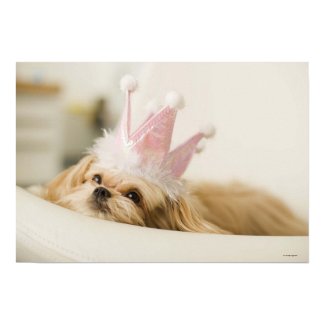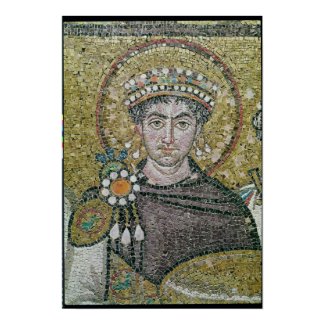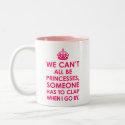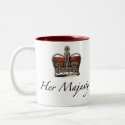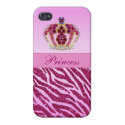Have you ever wondered why the Queen wears a crown? Would you be surprised to hear it has a religious origin?
If you’ve ever seen religious art, you’ll be familiar with the halos that are often painted around the heads of holy people and deities. This custom of painting golden halos around heads has been customary for centuries and can be seen in art depicting pagan deities from Ancient Egypt, Greece and Rome, as well as in artwork from Ancient Asia.
During these ancient times, Emperors, Kings and Queens were believed to have been given the gift to rule by the grace of God, so that it was generally believed that they had a relationship with God that made them closer to being holy than your average Joe on the street. Some even went so far as to claim direct familial links with deities. For example, the Pharaoh of ancient Egypt was believed to be the son of the Sun god, Ra and the Japanese Emperor was considered to be a descendant of the Sun goddess, Amaterasu. I need to research this further but seeing that sun gods were amongst the earliest pagan deities, I wonder if the sun-god connection may be linked to the sun-like rays that were drawn around royal and holy heads in paintings.
Here are a few images of deities and holy figures that have been pictured with different forms of halos:

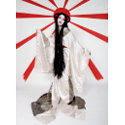


To symbolize their privileged relationship with the divine, Emperors, Kings and Queens sought to emulate the “halo effect” that is so often seen in paintings by giving themselves a real life halo in the form of a crown.
Early crowns were made of feathers or (more famously) of gemstones and precious metals like gold.
To this day the British monarchy has retained the tradition of wearing a crown made of shiny precious metal and gemstones.

Related products

